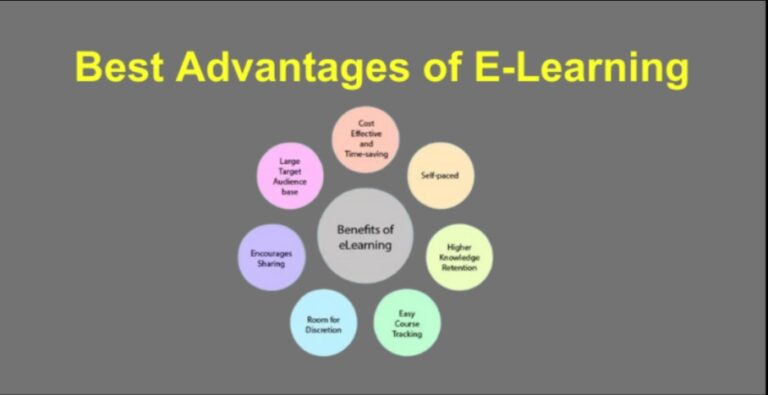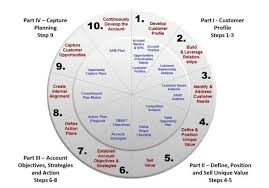The Future of Secure Access: SASE and Zero Trust Combined
Introduction to SASE and Zero Trust
Organizations are transitioning to cloud-based solutions and remote work, increasing the importance of secure access. Conventional security frameworks that depend on network boundaries are insufficient alone. Secure Access Service Edge (SASE) combines networking and security functions into a cloud-based solution. It helps businesses protect users, devices, and data regardless of location. By integrating security with network performance, SASE ensures a safer and more efficient way to connect to applications and resources.
The Zero Trust model is essential to this approach, centered around the principle that no user or device should be presumed trustworthy by default. Instead of assuming that internal networks are safe, Zero Trust continuously verifies identity and access permissions. What is ZTNA? Zero Trust Network Access (ZTNA) is a technology that controls user access to applications based on strict identity verification and policies. SASE and Zero Trust create a security model that adapts to modern digital environments, protecting against evolving threats.
The Need for Enhanced Security
As cyber threats continue to advance, organizations require more robust security measures to safeguard their networks and data. Conventional security frameworks find adapting to remote work, cloud services, and escalating cyber threats challenging. A contemporary approach integrates Secure Access Service Edge (SASE) and Zero Trust to enhance security. SASE simplifies network security by delivering protective services through the cloud, whereas Zero Trust verifies the identity of all users and devices before allowing access to critical information. These approaches offer a versatile and effective way to handle security in a growing digital environment.
Organizations may lessen the likelihood of data breaches and illegal access by using these security measures. In contrast to older systems that depend on static locations and set trust, this strategy continually verifies users and devices, no matter where they connect. Companies can safeguard their systems without hindering work processes, which makes security more flexible. Adopting a more vibrant and dynamic security framework to ensure data protection will be essential as threats escalate.
How SASE and Zero Trust Work Together
The synergy between SASE and Zero Trust frameworks presents a revolutionary paradigm in cybersecurity. SASE is a holistic model, blending key security technologies such as cloud-based firewalls, secure web gateways, and VPNs into an integrated service. This convergence allows organizations to streamline their network architecture, reducing complexity while enhancing operational efficiency. On the other hand, Zero Trust principles enforce rigorous validation processes at each network entry point, insisting on comprehensive authentication irrespective of the user’s location. This dual-action security strategy equips enterprises with unmatched resilience, ensuring their digital environments remain secure in the face of ever-evolving cyber threats.
Real-World Examples and Benefits
Across various sectors, the implementation of SASE and Zero Trust frameworks has yielded significant advantages, underscoring their practicality and effectiveness. In the retail industry, companies that handle vast amounts of consumer data are particularly vulnerable to breaches. By integrating these frameworks, retailers can secure transactions and protect customer information from malicious intrusions. In the same way, moving to digital learning settings in education requires strong security protocols to protect sensitive information and ensure smooth operations. Through adopting SASE and Zero Trust, institutions benefit from improved scalability, heightened security postures, and streamlined management processes, ensuring that their digital initiatives proceed without compromising data integrity or user experience.
Also Read: Comprehensive Guide to Setting up Business in Dubai
Adopting SASE and Zero Trust Strategies
The journey towards adopting SASE and Zero Trust frameworks requires a strategic approach encompassing multiple stages of assessment and implementation:
- Embark on a thorough infrastructure audit to uncover and remedy security weaknesses.
- Formulate a clear strategy for integrating cloud-native solutions and defining security goals.
- Apply stringent identity verification across all points to fortify authentication processes, enhancing defensive mechanisms.
- Establish ongoing monitoring and regular updates of security policies to stay ahead of evolving threats.
This concerted effort ensures an organization’s security infrastructure is robust and responsive, mitigating risks while accommodating business growth objectives.
Challenges to Implementation
While beneficial, adopting SASE and Zero Trust presents several challenges organizations must navigate. Transitioning from outdated legacy systems to these advanced frameworks can be resource-intensive, requiring dedicated time and financial investment. In addition, the ongoing advancement of these technologies requires frequent training for employees to keep up with updates and ensure system efficiency. Another complexity lies in data migration, as it demands careful management to prevent disruptions to existing workflows. Despite these hurdles, the broader benefits of enhanced security, efficiency, and reliability make the journey worthwhile for organizations determined to safeguard their digital assets.
The Future of Secure Access
Looking to the future, the integration of SASE and Zero Trust is poised to transform the cybersecurity landscape significantly. With the continuous expansion of digital infrastructures, the demand for comprehensive, seamlessly integrated security measures is set to increase. Incorporating advanced technologies like AI and machine learning will be central to managing these systems, enabling more efficient threat detection and proactive defense strategies. This anticipated trajectory heralds a new era of intelligent, adaptable cybersecurity frameworks that offer protection and a proactive edge in preempting potential threats well before they materialize.
Conclusion
The fusion of SASE and Zero Trust frameworks signifies a pivotal development in cybersecurity, offering a comprehensive, versatile solution to modern security challenges. By leveraging their complementary strengths, organizations can construct an impregnable defense architecture that tackles a broad spectrum of cyber threats. Using these frameworks will improve operational security and enable firms to move confidently and nimbly through the digital world as they embrace digital transformation. SASE and Zero Trust will be crucial in laying the groundwork for safe, creative, and robust digital ecosystems as we move closer to a future increasingly focused on technology.







